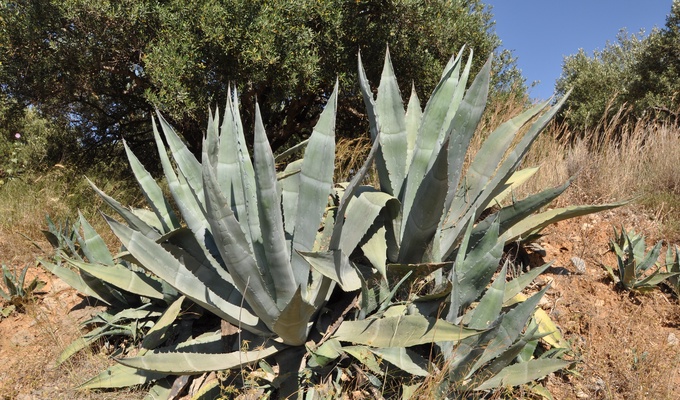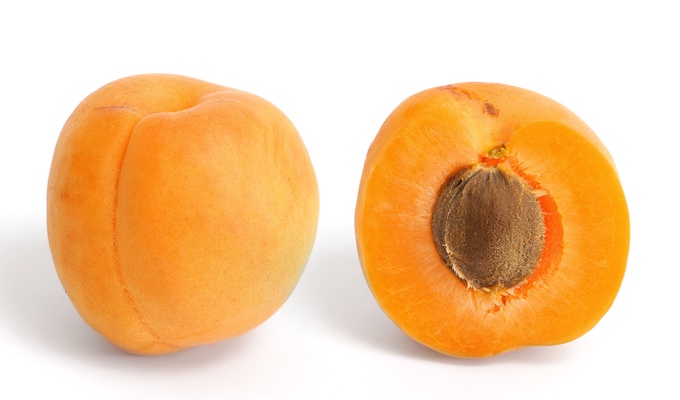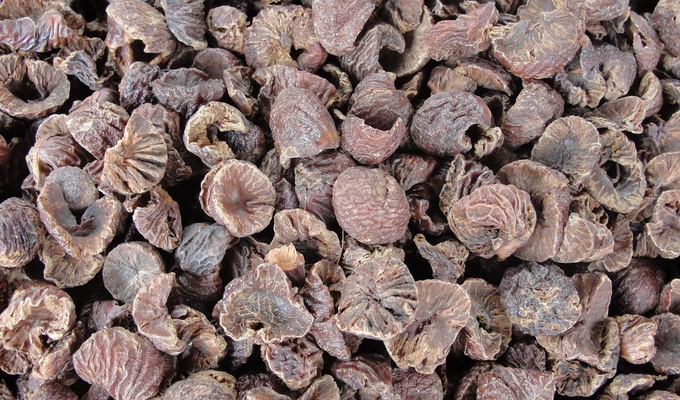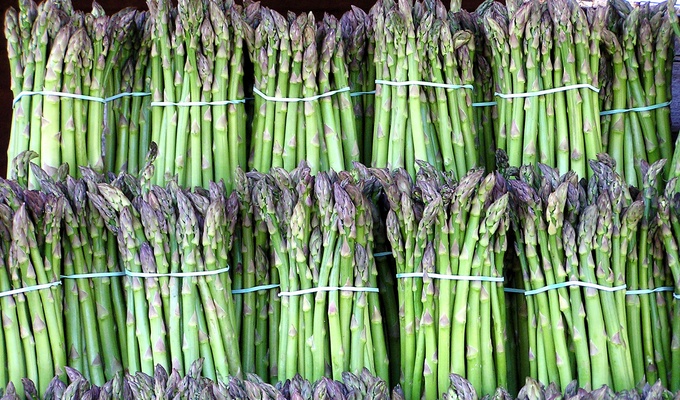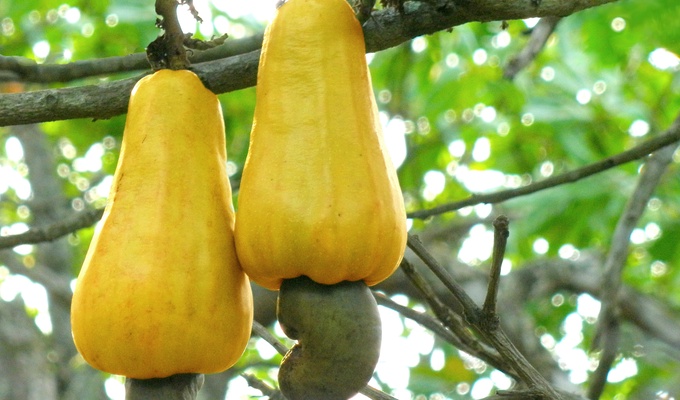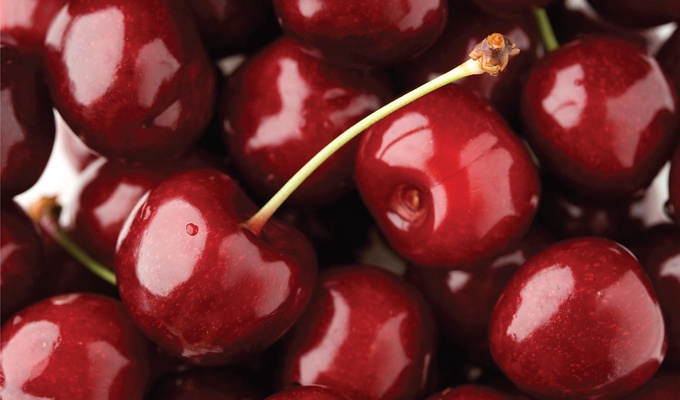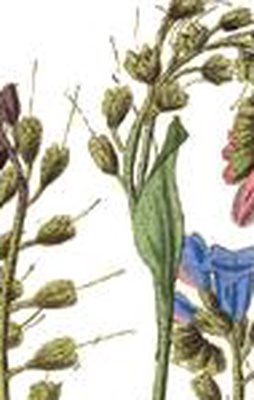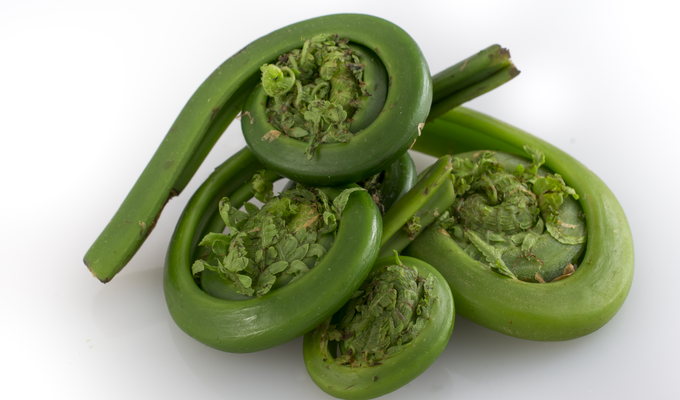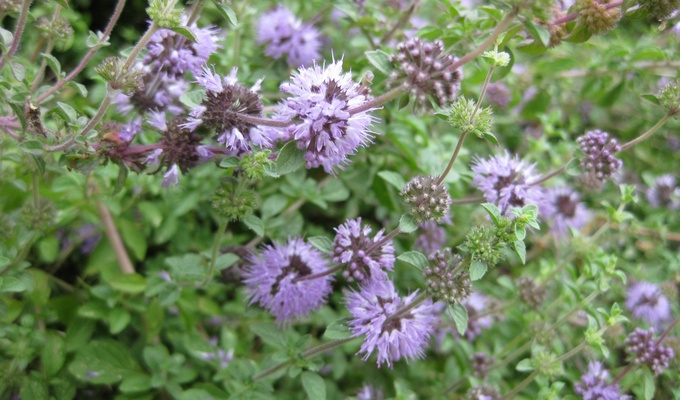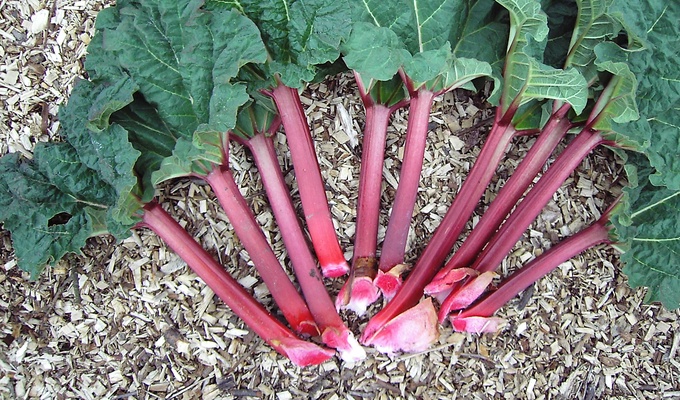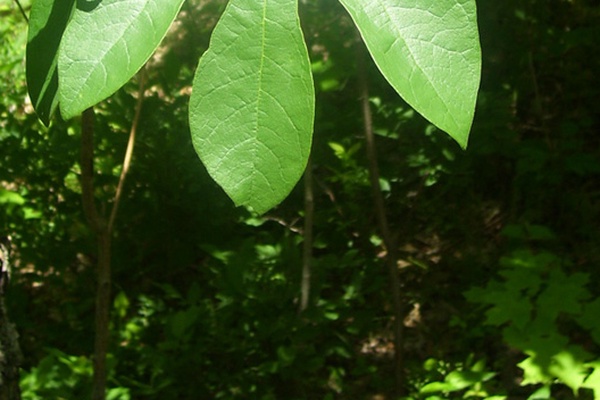Plants that produce toxins are referred to as poisonous plants. Plants that cause irritation on contact are also described as "poisonous".
The toxins in poisonous plants affect herbivores, and deter them from consuming the plants. Plants cannot move to escape their predators, so they must have other means of protecting themselves from herbivorous animals. Some plants have physical defenses such as thorns, spines and prickles, but by far the most common type of protection is chemical.
Over millennia, through the process of natural selection, plants have evolved the means to produce a vast and complicated array of chemical compounds to deter herbivores. Tannin, for example, is a defensive compound that emerged relatively early in the evolutionary history of plants, while more complex molecules such as polyacetylenes are found in younger groups of plants such as the Asterales. Many of the known plant defense compounds primarily defend against consumption by insects, though other animals, including humans, that consume such plants may also experience negative effects, ranging from mild discomfort to death.
Many of these poisonous compounds also have important medicinal benefits. The varieties of phytochemical defenses in plants are so numerous that many questions about them remain unanswered, including:
- Which plants have which types of defense?
- Which herbivores, specifically, are the plants defended against?
- What chemical structures and mechanisms of toxicity are involved in the compounds that provide defense?
- What are the potential medical uses of these compounds?
These questions and others constitute an active area of research in modern botany, with important implications for understanding plant evolution and medical science.

